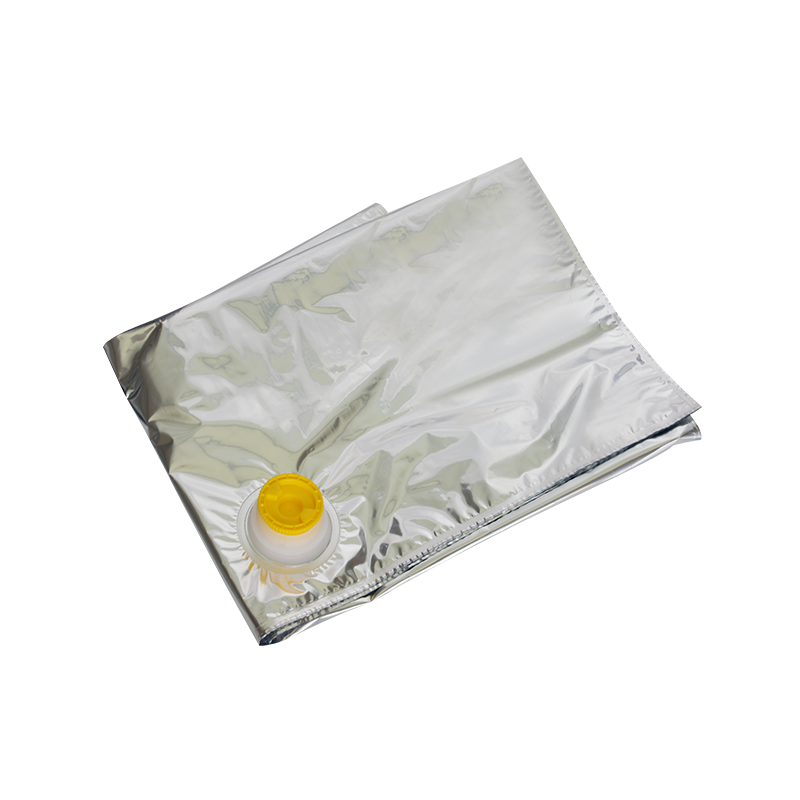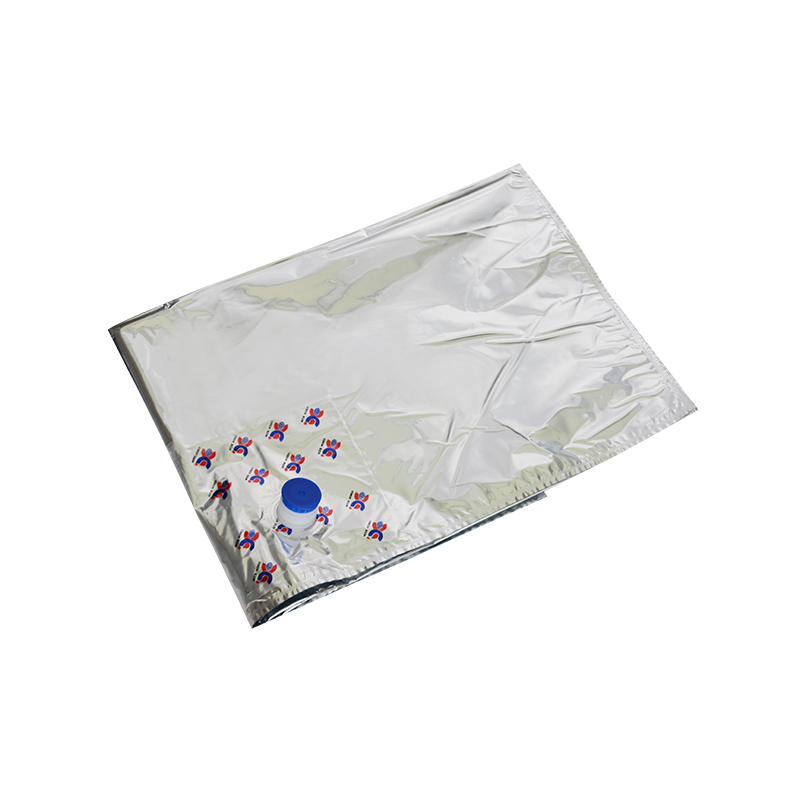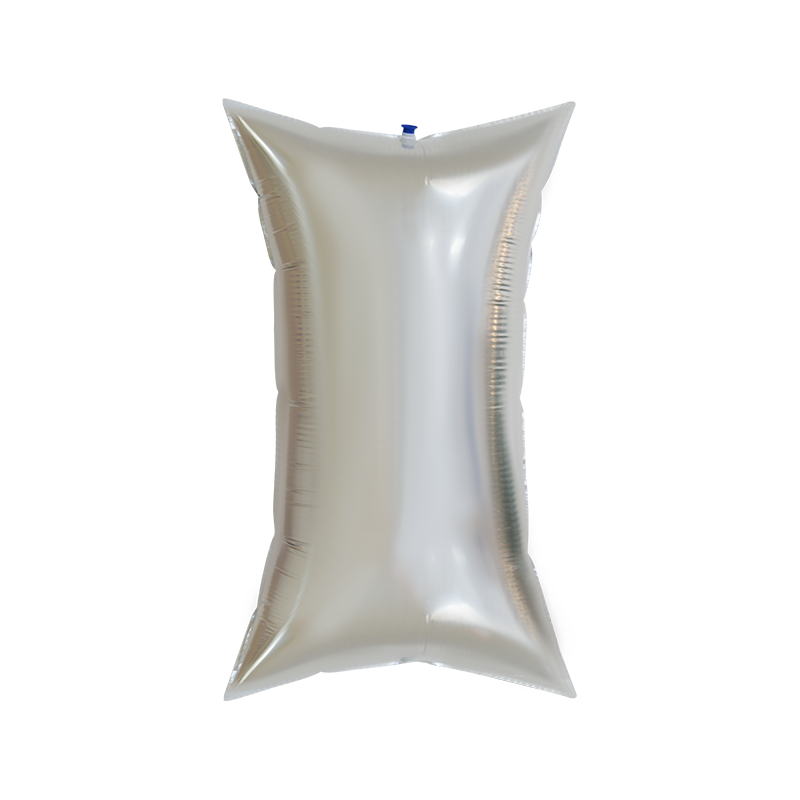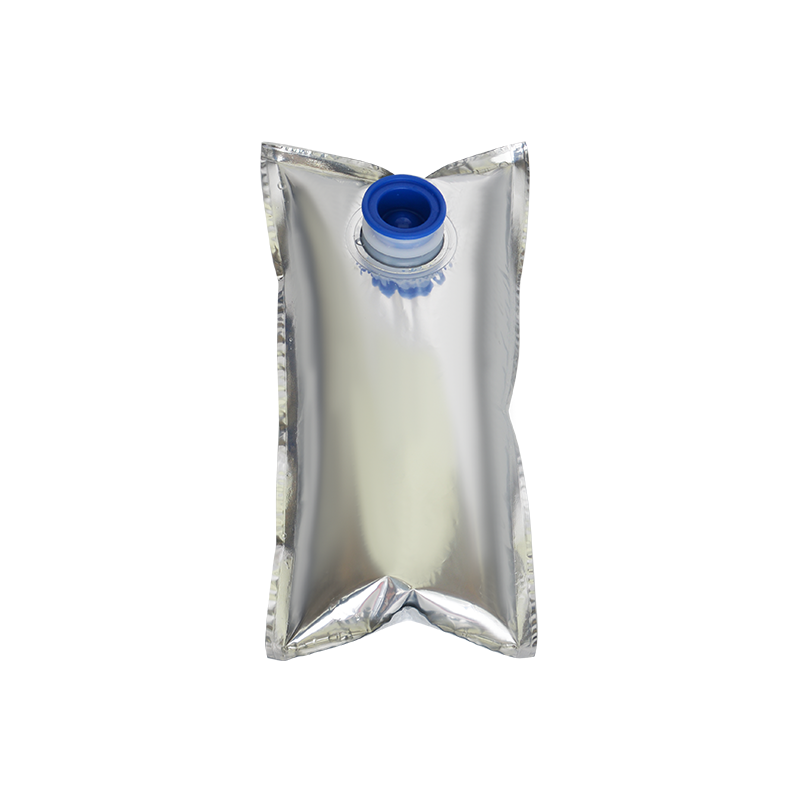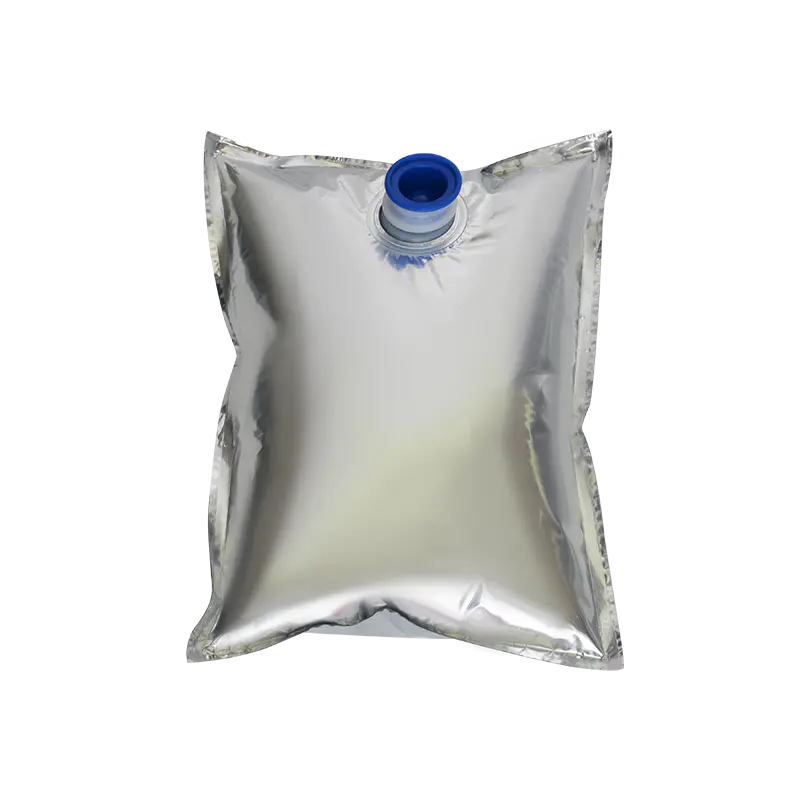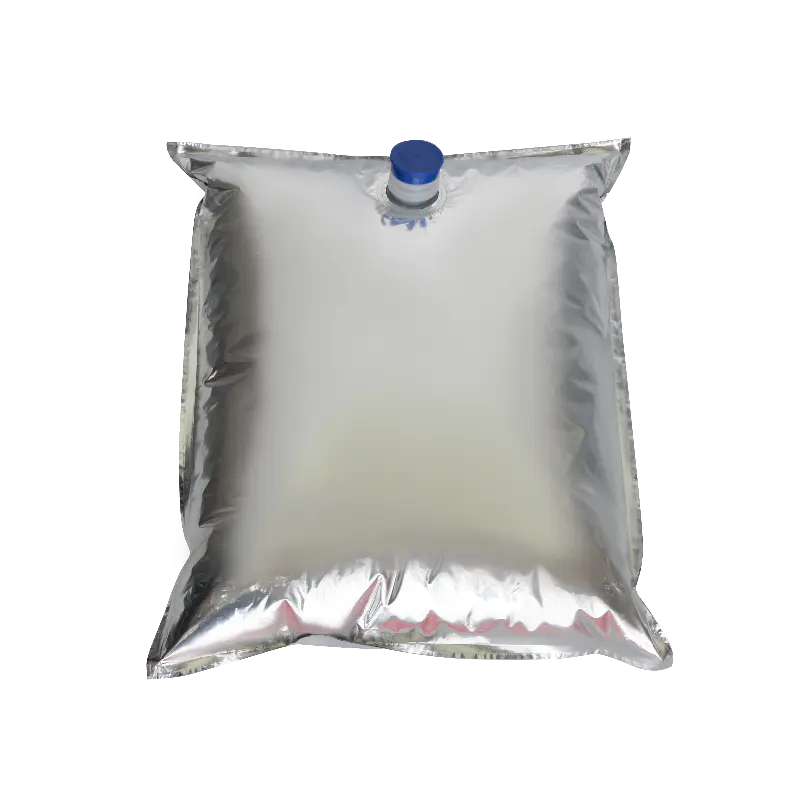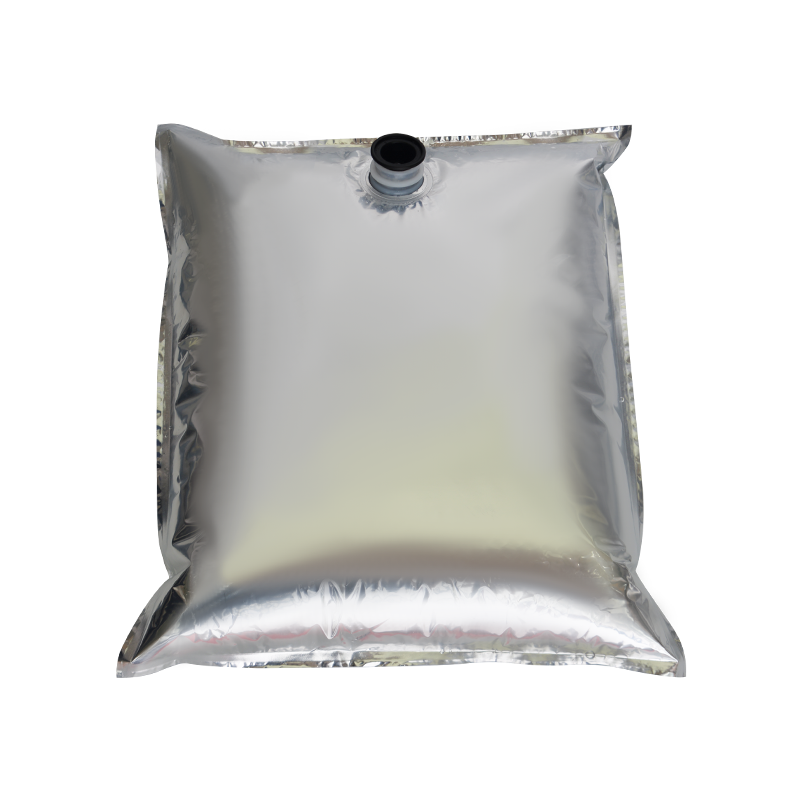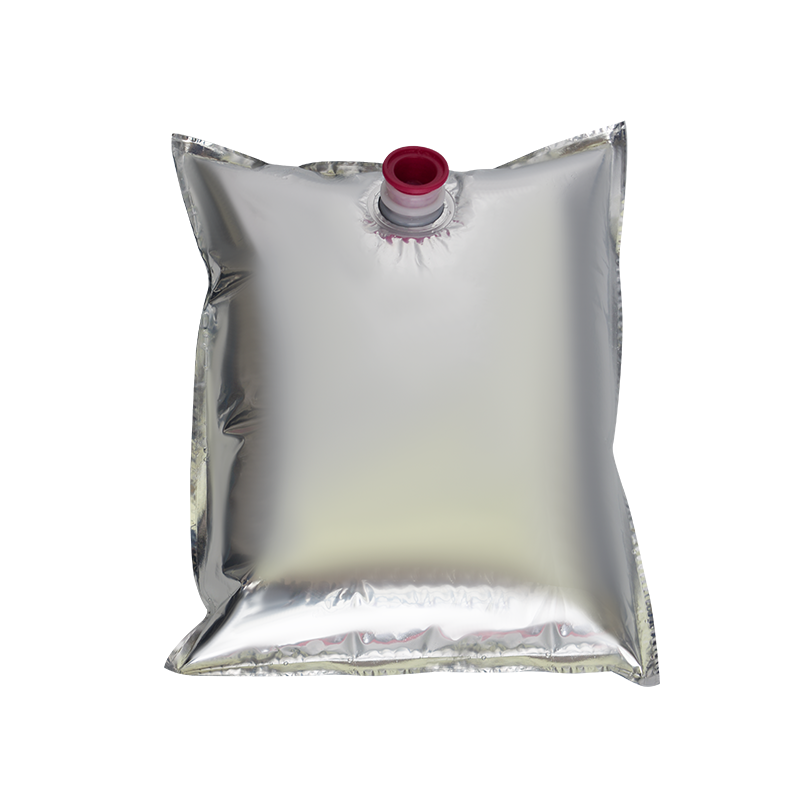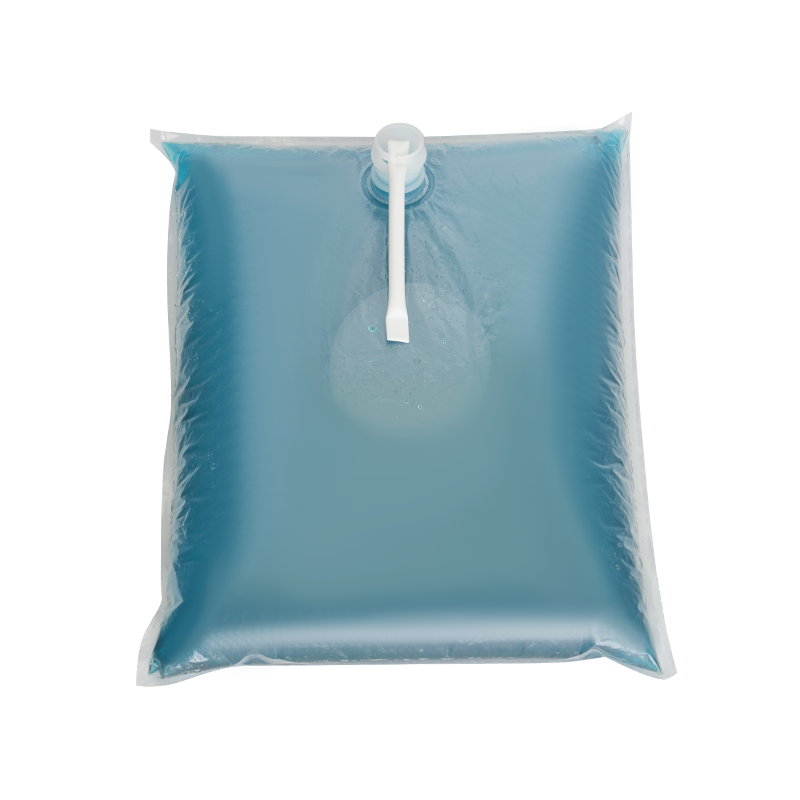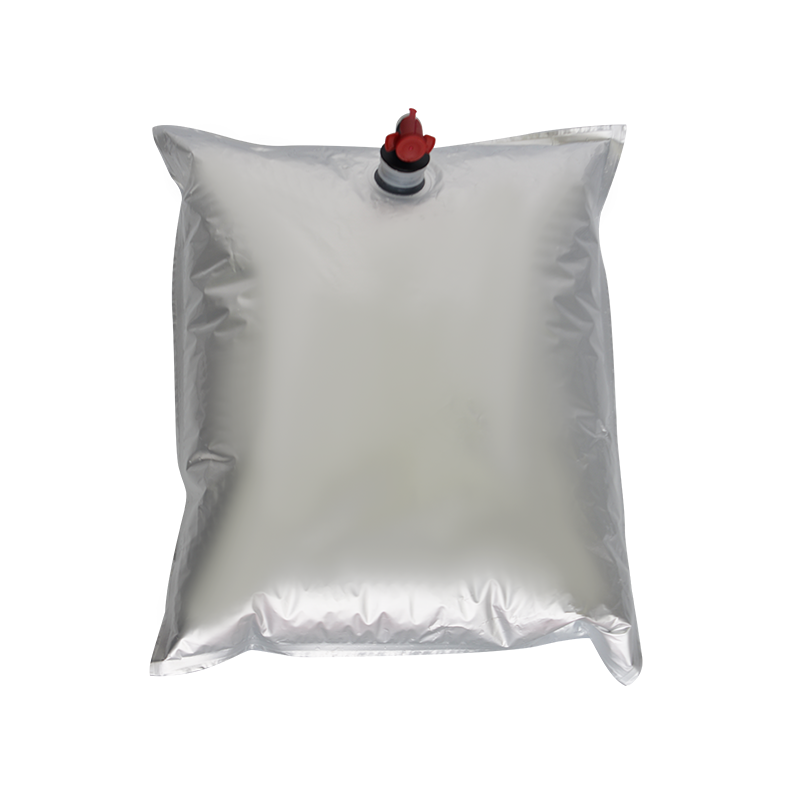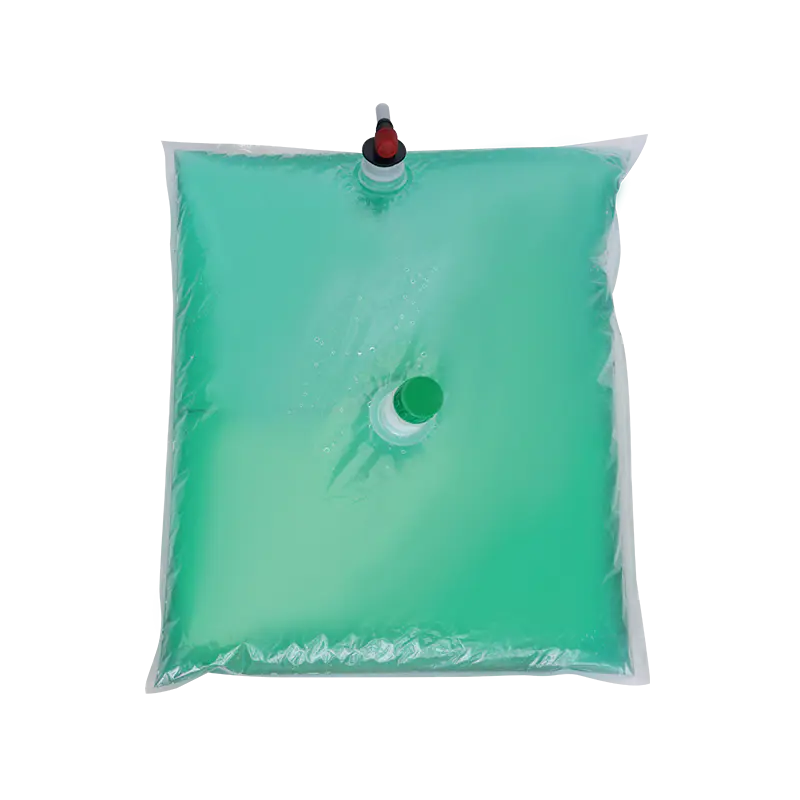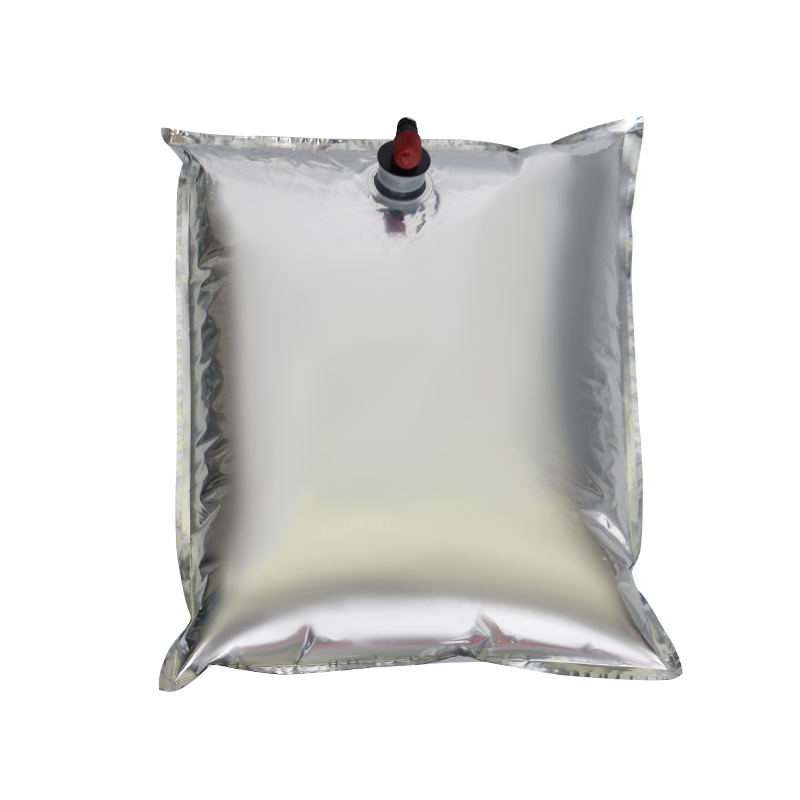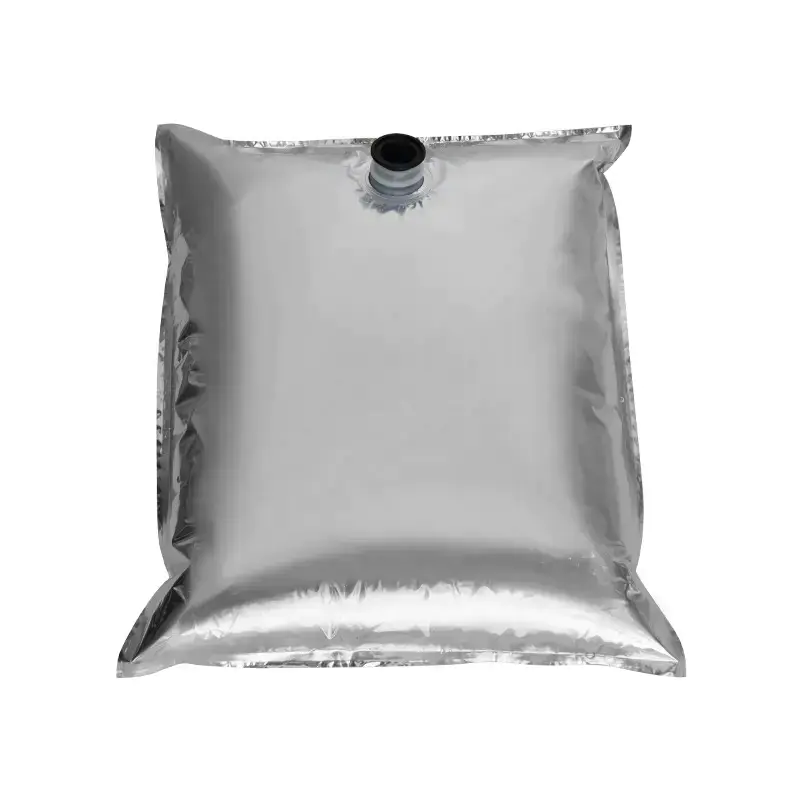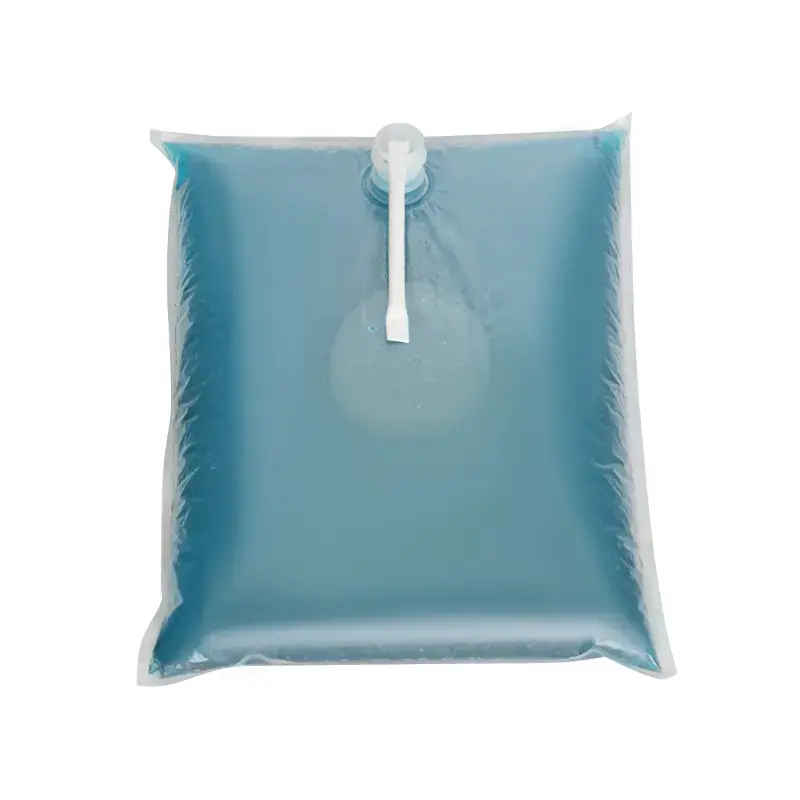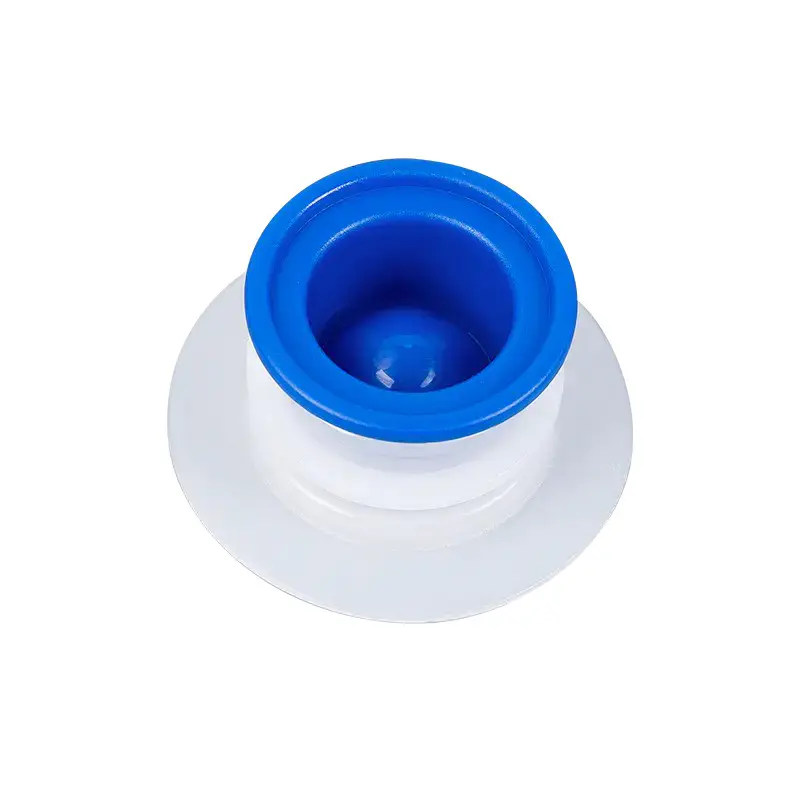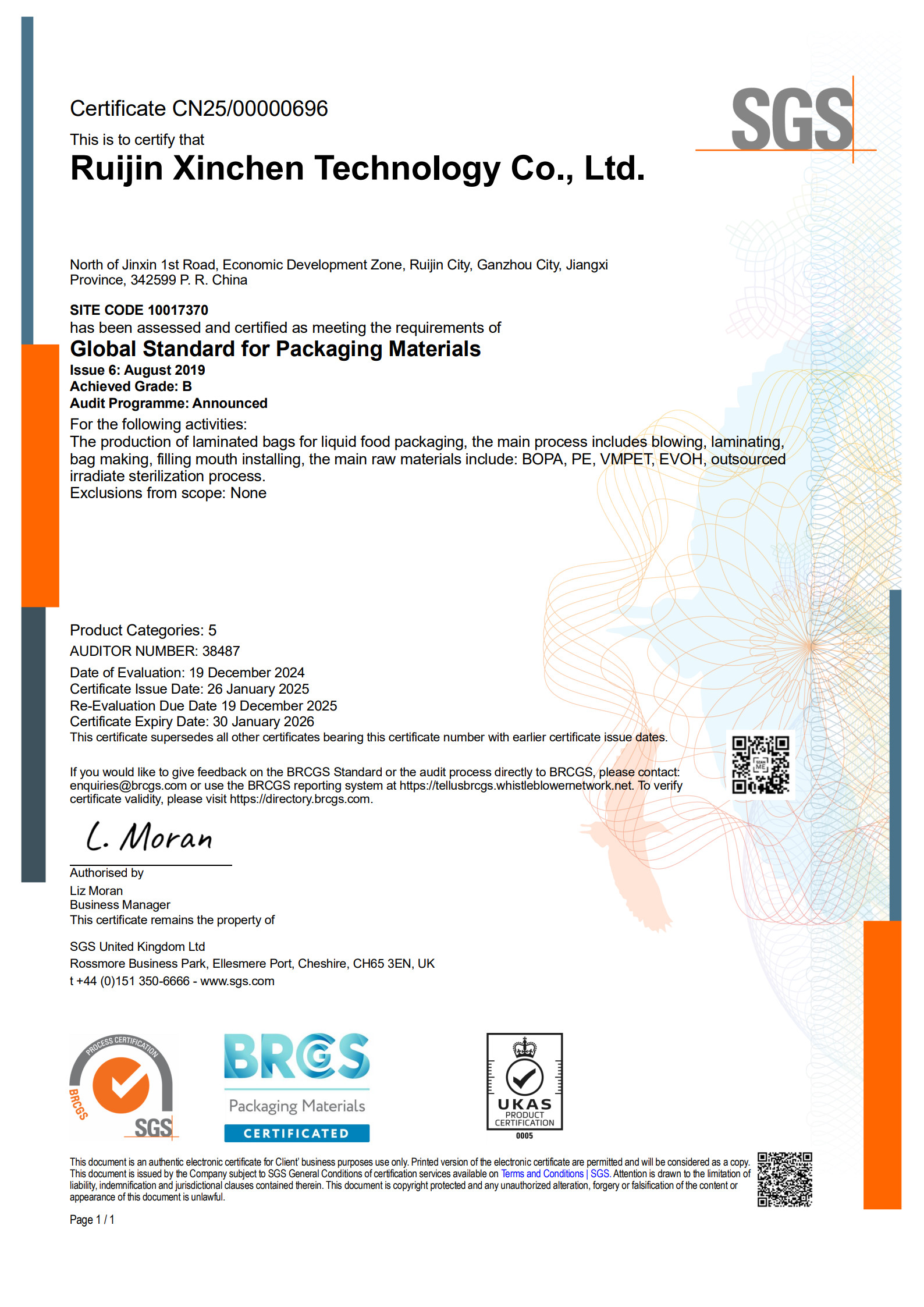
In the liquid packaging industry, the Bag-in-Box is rewriting the rules of the market with a disruptive approach. This innovative combination of a flexible inner bag and a rigid outer box not only addresses many of the challenges of traditional packaging in terms of sealing, portability, and environmental friendliness, but also continuously expands its application through technological iteration, becoming a highly efficient bridge between production and consumption.
The Art of Composite Materials Science: The Performance Secret of Inner Bags
The core competitiveness of the Bag-in-Box product lies first and foremost in the multi-layer composite film technology used in the inner bag. This film is not simply a composite of multiple materials; rather, it achieves functional synergy through precise formulation design. The outer layer is typically made of puncture-resistant polyester to withstand physical impact during transportation. The middle layer, made of aluminum foil or EVOH (ethylene vinyl alcohol copolymer), acts as a barrier, providing near-perfect protection against oxygen, carbon dioxide, and UV rays, slowing oxidation of the contents. The inner layer is made of food-grade polyethylene to ensure safety and compatibility in direct contact with liquids.

The ingenuity of this composite structure lies in the ability to adjust the proportions and material combinations of the various layers based on the characteristics of the contents. For high-acid juices, the inner layer is reinforced for corrosion resistance; for wines requiring long-term storage, the barrier layer is thickened to extend freshness. Advances in materials science have enabled the inner bag to maintain an ultra-thin thickness while achieving comprehensive performance unmatched by traditional glass bottles.
A Structural Engineering Balance: Systematic Design of the Outer Box and Valve
The outer box design embodies the wisdom of structural mechanics. The folded paper or plastic outer box achieves remarkable compressive strength while remaining lightweight through optimized fold angles and load-bearing joints.
The valve system is the heart of the Bag in Box. Made of silicone or food-grade plastic, the one-way valve seamlessly switches from open to closed thanks to a precise sealing lip structure. When external pressure is applied to the valve, the valve core opens, allowing liquid to flow out. When the pressure is released, the valve core automatically returns to a sealed chamber, preventing air from entering and contaminating the contents. This design not only eliminates the need for tools during access but also maintains its original seal even after repeated uses, resolving the persistent issue of traditional packaging: "open once, exposed throughout."
A Low-Carbon Logic Throughout the Lifecycle: A Quantified Expression of Environmental Value
Driven by the dual carbon goals, the environmental advantages of Bag-in-Box have been redefined. Compared to glass bottles, it reduces energy consumption by over 70% during production. Its 50%-80% weight reduction during transportation reduces logistics carbon emissions. After disposal, the paper outer box is 100% recyclable through material separation technology, and the composite film can also be partially recycled after special treatment.
This low-carbon, lifecycle approach is changing brand decision-making. More and more companies are using Bag-in-Box as a key component of their ESG strategies, promoting sustainable development through packaging innovation. At the retail level, consumers' growing appreciation for "light packaging, high quality" is driving these environmental attributes into actual purchasing power. Infinite Possibilities of Scenarios: Full-Chain Adaptation from Industry to Consumer
The adaptability of Bag-in-Box is breaking down barriers between industries. In the catering industry, large-format bag-in-boxes are replacing barreled sauces, using a dedicated pump to precisely dispense sauces, reducing waste in the kitchen. In home consumption, small and medium-sized products, with their stand-up design and controllable flow rate, are a practical option for kitchens and bathrooms. Even in the medical field, sterile Bag-in-Boxes are used to store disinfectants and nutrient solutions, with sealing properties that meet stringent hygiene standards.
With the deep integration of material technology and intelligent manufacturing, Bag-in-Box is evolving from a "packaging container" to a "liquid management system." It not only carries products but also meets industry expectations for improved efficiency and sustainable development, continuing to write its own technological legend on the road to reshaping the liquid packaging ecosystem.

The development of Bag-in-Box is driven by both technological innovation and market demand. From its initial functional packaging to today's integrated solutions that combine environmental friendliness, intelligence, and personalization, each evolution has led the way in transforming the liquid packaging industry. In the future, with the integration of more cross-disciplinary technologies, Bag In Box is poised to create surprises in even more areas, becoming a vital link between products and consumers.

 English
English русский
русский